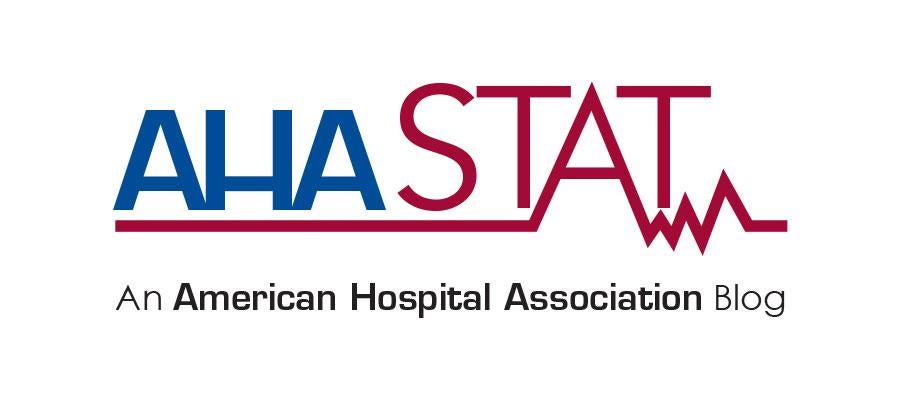Open enrollment is a chance to choose affordable, comprehensive coverage

Starting today and going through Jan. 15, 2025, individuals and families may buy or change their health insurance through the Affordable Care Act marketplaces.
For Americans who do not yet have comprehensive insurance through their employer, Medicare, Medicaid, or another existing program, now is the time to enroll in a plan that offers strong patient protections. The plans sold through the marketplaces must cover medically necessary care, without regard for pre-existing conditions and without arbitrary limits on that coverage. Eligible individuals and families also may be able to enroll for free or at very low cost as a result of subsidies that can reduce premiums and cost-sharing.
Enrolling in coverage is critical because we don’t know where our lives or health will take us, and choosing the right coverage matters too. It’s important that those shopping for coverage during this open enrollment period look beyond the cost of the premium to ensure that their doctors and medications are covered and that their deductible and cost-sharing amounts won’t stand in the way of being able to access care.
Thankfully, the ACA put in place important consumer protections, including out-of-pocket limits that ensure coverage kicks in for costly and unanticipated treatments and essential health benefit requirements that ban insurers from refusing to cover things like behavioral health or maternal care. Comprehensive, affordable health insurance helps people receive care for chronic illness, treat life-threatening diseases and receive preventive care like vaccines. It also helps to lower financial stress and keep people in the workforce and able to provide for themselves and their families.
Unfortunately, some gaps remain even under the ACA. This is especially true when it comes to high deductible amounts, which enrollees must pay before coverage kicks in for many services. This is why the AHA urges enrollees to research all aspects of their coverage options before making a final selection.
It also is important to be aware of other health insurance plans offered outside of the marketplaces that are not subject to any consumer protections and are very likely to have significant gaps in coverage. These plans can be appealing because of their lower upfront premiums. What these plans often fail to clearly explain to those shopping for coverage is just how costly they can be when something goes wrong. Indeed, the only reason these plans can have such low premiums is because they do not cover very much. Some do not cover emergency care or hospitalizations. They often exclude the prescription drugs that are needed to help manage a chronic condition. The rules about what is covered can change, and these plans can decline coverage for anything deemed a “pre-existing” condition. They also can impose limits on coverage.
The risks to patients of these inadequate health plans are exactly why hospitals and health systems have long been strong advocates for ensuring everyone is enrolled in comprehensive, affordable health coverage. This includes working with the Administration and Congress to enact and later strengthen the ACA coverage provisions, including instituting important patient protections, establishing the health insurance marketplaces and reducing the cost of coverage through federal subsidies. The hospital field also continues to advocate for the government to prohibit the sale of products that provide substandard coverage except in very limited circumstances, such as when the plan is a temporary bridge between enrollment in comprehensive plans.
Open enrollment makes it easy to pick the health plan that best fits an individual or household’s needs. Enrollees also can count on the help of local hospitals to help review coverage options and find a plan that is the best fit for them.
For more information, visit aha.org/getcovered or healthcare.gov.
Ariel Levin is the AHA’s director of coverage policy.

